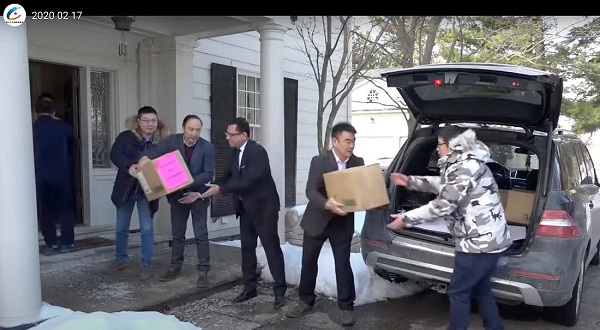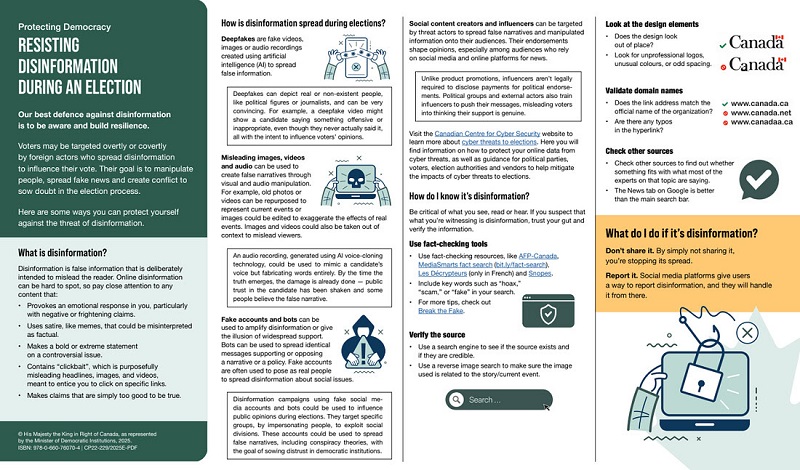Alberta
Death of Dogs from Ukraine a Concern for All

MEDIA RELEASE
Death of Dogs from Ukraine a Concern for All
June 24, 2020
The Alberta SPCA was saddened to learn dozens of puppies died while on route to Canada from Ukraine as part of a shipment of approximately 500 dogs last week, and we are pleased to hear an investigation is underway to determine what happened and to ensure a tragedy like this is not repeated. While is it unclear whether any of the dogs were destined for Alberta, we know small breed dogs are always in demand in our province and that dogs are brought into Alberta regularly for the purpose of selling them to local families.
The situation with the flight from Ukraine highlights the seedy side of dog breeding. These dogs were shipped to Canada because they are in demand here and families are willing to pay thousands of dollars for one. The value of the animals creates an environment where the health of dogs can be put at risk during long journeys to our country and our province, not to mention the unclear circumstances of how they were bred and raised before coming to Canada.
The Alberta SPCA encourages anyone looking to add a canine member to their family to do their homework and ask plenty of questions about the animal’s history. Any reputable breeder in Alberta will be willing to let you see the puppy in its home environment here, and allow you to meet the mother. If a breeder insists on meeting you in a neutral location to complete the transaction, this should be considered a red flag. It is up to all Albertans to limit animal neglect by not buying from groups or people who cannot prove the animal has been raised and treated humanely prior to adoption. It is likely the dogs on the flight would be sold as dogs rescued from Ukraine, but the sheer number of dogs indicates this was a breeding operation not a rescue mission.
It is also important to note there are lots of dogs in Alberta that need homes. When adopting any dog, we strongly encourage families to ask questions about the animals being adopted from any organization. There are dozens of groups who do great work to help find homes for pets in our province, but the industry is unregulated and there is nothing preventing any person or group from describing themselves as a “rescue.” All groups should be willing to share with you the history of the animals they are trying to find homes for. A quick search on the internet will help prospective owners determine if others have had poor experiences dealing with the organization they are considering adopting from.
And lastly, the Alberta SPCA supports any effort to strengthen the regulations and oversight of the importation of companion animals into Canada. The importation of dogs from other countries carries a risk of spreading diseases to both dogs and humans, not to mention the risk to the health of the dogs while in transport to Canada. While we appreciate the efforts of any group trying to help neglected animals in other parts of the world, our country needs to ensure we are not the end destination for dogs raised by unscrupulous breeders in other countries.
Read more on Todayville.
Alberta
Made in Alberta! Province makes it easier to support local products with Buy Local program

Show your Alberta side. Buy Local. |
When the going gets tough, Albertans stick together. That’s why Alberta’s government is launching a new campaign to benefit hard-working Albertans.
Global uncertainty is threatening the livelihoods of hard-working Alberta farmers, ranchers, processors and their families. The ‘Buy Local’ campaign, recently launched by Alberta’s government, encourages consumers to eat, drink and buy local to show our unified support for the province’s agriculture and food industry.
The government’s ‘Buy Local’ campaign encourages consumers to buy products from Alberta’s hard-working farmers, ranchers and food processors that produce safe, nutritious food for Albertans, Canadians and the world.
“It’s time to let these hard-working Albertans know we have their back. Now, more than ever, we need to shop local and buy made-in-Alberta products. The next time you are grocery shopping or go out for dinner or a drink with your friends or family, support local to demonstrate your Alberta pride. We are pleased tariffs don’t impact the ag industry right now and will keep advocating for our ag industry.”
Alberta’s government supports consumer choice. We are providing tools to help folks easily identify Alberta- and Canadian-made foods and products. Choosing local products keeps Albertans’ hard-earned dollars in our province. Whether it is farm-fresh vegetables, potatoes, honey, craft beer, frozen food or our world-renowned beef, Alberta has an abundance of fresh foods produced right on our doorstep.
Quick facts
- This summer, Albertans can support local at more than 150 farmers’ markets across the province and meet the folks who make, bake and grow our food.
- In March 2023, the Alberta government launched the ‘Made in Alberta’ voluntary food and beverage labelling program to support local agriculture and food sectors.
- Through direct connections with processors, the program has created the momentum to continue expanding consumer awareness about the ‘Made in Alberta’ label to help shoppers quickly identify foods and beverages produced in our province.
- Made in Alberta product catalogue website
Related information
Alberta
Province to expand services provided by Alberta Sheriffs: New policing option for municipalities

Expanding municipal police service options |
Proposed amendments would help ensure Alberta’s evolving public safety needs are met while also giving municipalities more options for local policing.
As first announced with the introduction of the Public Safety Statutes Amendment Act, 2024, Alberta’s government is considering creating a new independent agency police service to assume the police-like duties currently performed by Alberta Sheriffs. If passed, Bill 49 would lay additional groundwork for the new police service.
Proposed amendments to the Police Act recognize the unique challenges faced by different communities and seek to empower local governments to adopt strategies that effectively respond to their specific safety concerns, enhancing overall public safety across the province.
If passed, Bill 49 would specify that the new agency would be a Crown corporation with an independent board of directors to oversee its day-to-day operations. The new agency would be operationally independent from the government, consistent with all police services in Alberta. Unlike the Alberta Sheriffs, officers in the new police service would be directly employed by the police service rather than by the government.
“With this bill, we are taking the necessary steps to address the unique public safety concerns in communities across Alberta. As we work towards creating an independent agency police service, we are providing an essential component of Alberta’s police framework for years to come. Our aim is for the new agency is to ensure that Albertans are safe in their communities and receive the best possible service when they need it most.”
Additional amendments would allow municipalities to select the new agency as their local police service once it becomes fully operational and the necessary standards, capacity and frameworks are in place. Alberta’s government is committed to ensuring the new agency works collaboratively with all police services to meet the province’s evolving public safety needs and improve law enforcement response times, particularly in rural communities. While the RCMP would remain the official provincial police service, municipalities would have a new option for their local policing needs.
Once established, the agency would strengthen Alberta’s existing policing model and complement the province’s current police services, which include the RCMP, Indigenous police services and municipal police. It would help fill gaps and ensure law enforcement resources are deployed efficiently across the province.
Related information
-
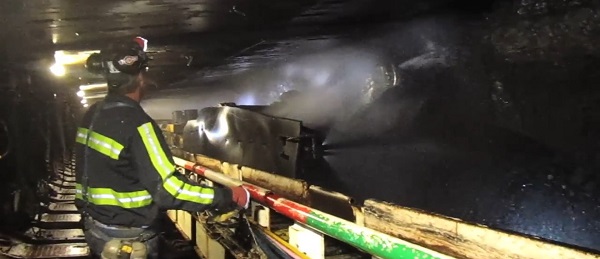
 Daily Caller1 day ago
Daily Caller1 day agoTrump Executive Orders ensure ‘Beautiful Clean’ Affordable Coal will continue to bolster US energy grid
-

 2025 Federal Election1 day ago
2025 Federal Election1 day agoBREAKING from THE BUREAU: Pro-Beijing Group That Pushed Erin O’Toole’s Exit Warns Chinese Canadians to “Vote Carefully”
-
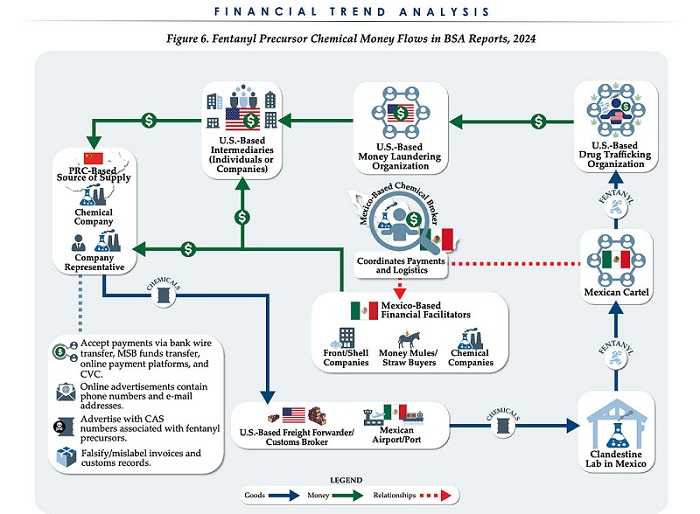
 Business1 day ago
Business1 day agoChina, Mexico, Canada Flagged in $1.4 Billion Fentanyl Trade by U.S. Financial Watchdog
-

 COVID-191 day ago
COVID-191 day agoTamara Lich and Chris Barber trial update: The Longest Mischief Trial of All Time continues..
-

 2025 Federal Election2 days ago
2025 Federal Election2 days agoTucker Carlson Interviews Maxime Bernier: Trump’s Tariffs, Mass Immigration, and the Oncoming Canadian Revolution
-
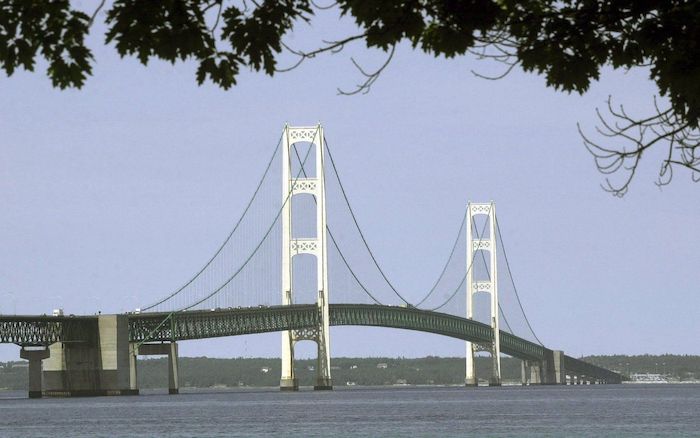
 Energy1 day ago
Energy1 day agoStraits of Mackinac Tunnel for Line 5 Pipeline to get “accelerated review”: US Army Corps of Engineers
-
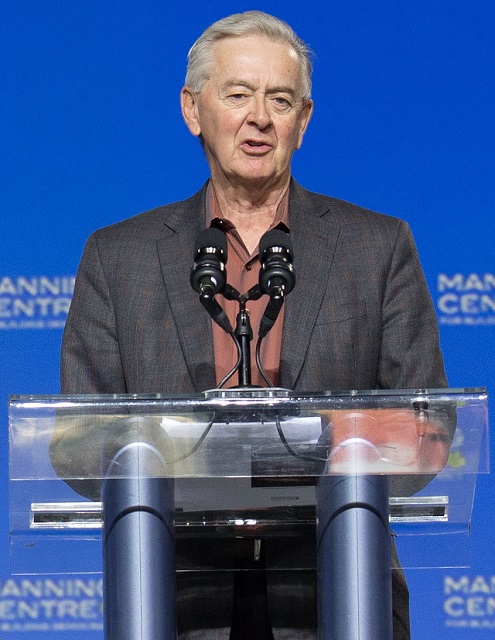
 2025 Federal Election1 day ago
2025 Federal Election1 day agoAllegations of ethical misconduct by the Prime Minister and Government of Canada during the current federal election campaign
-

 Business2 days ago
Business2 days agoDOGE Is Ending The ‘Eternal Life’ Of Government




